In the insect world, survival often hinges on remarkable defense strategies. From mimicry to chemical warfare, these tiny creatures have evolved unique ways to protect themselves. Here are some incredible insects and their extraordinary defense mechanisms.
Bombardier Beetle (Brachinus spp.)
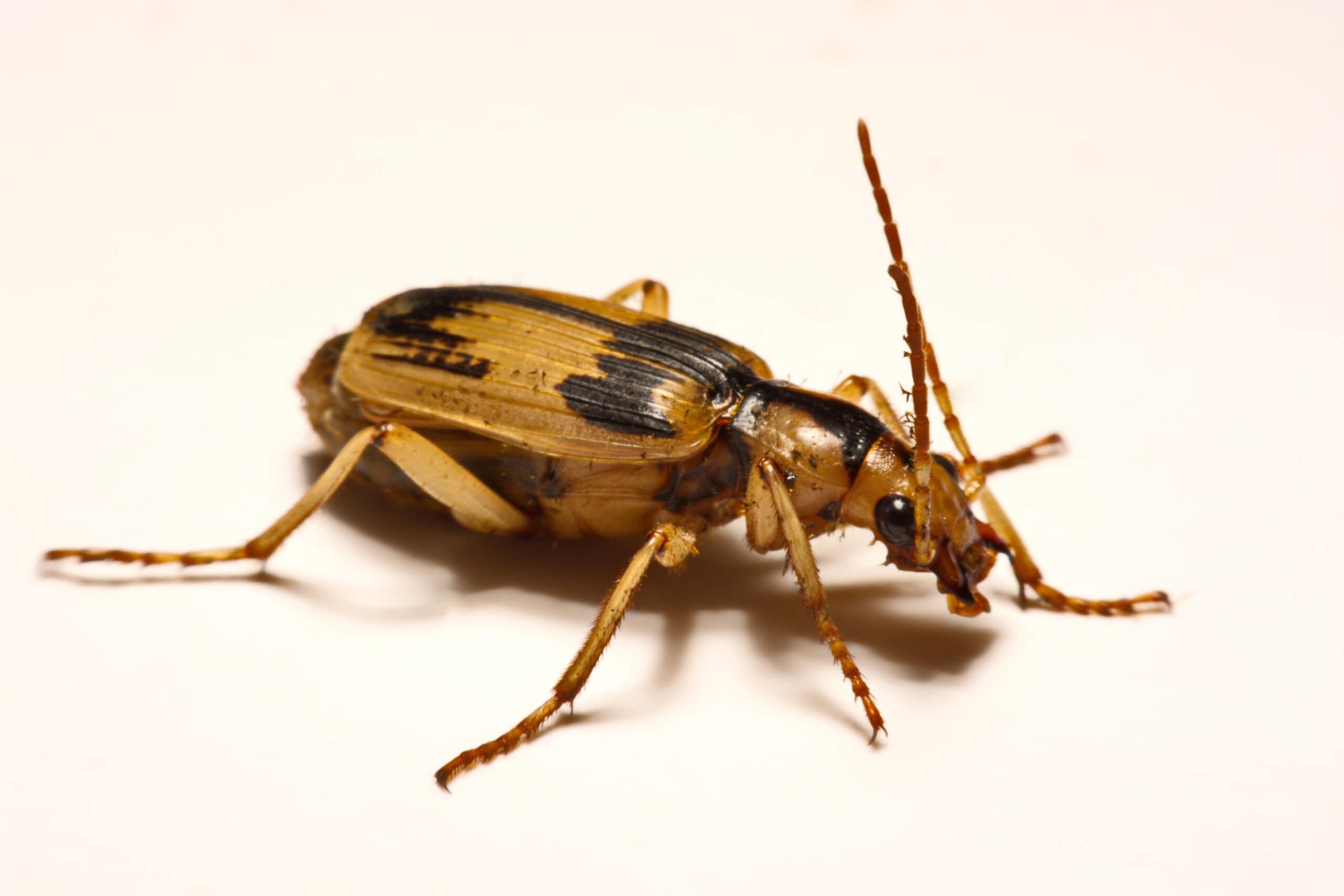
Bombardier beetles are found worldwide, especially in temperate regions. They have a distinctive appearance with a black body and reddish legs and antennae. This beetle sprays a boiling hot chemical from its abdomen. The reaction produces a loud popping sound and a burst of steam, scaring off predators. The beetle can aim this spray in various directions.
Giant Swallowtail Caterpillar (Papilio cresphontes)
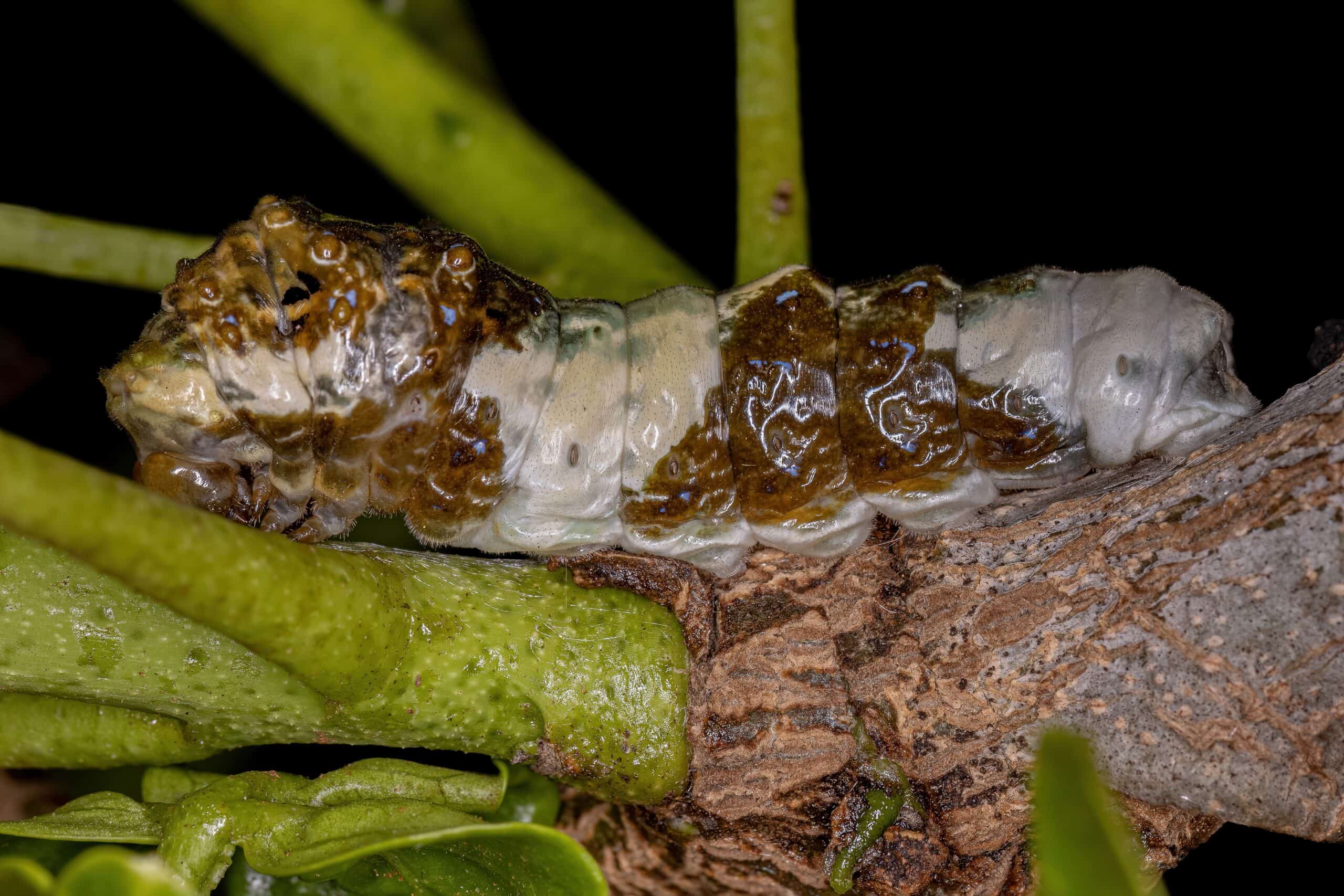
Native to North America, this caterpillar looks like bird droppings, which helps it avoid detection. Its green and brown coloration enhances this disguise. The caterpillar also has osmeterium, fleshy organs that emit a foul odor when threatened. This smell deters predators, ensuring its survival. The osmeterium is a bright red or orange, adding to the deterrent effect.
Assassin Bug (Reduviidae family)
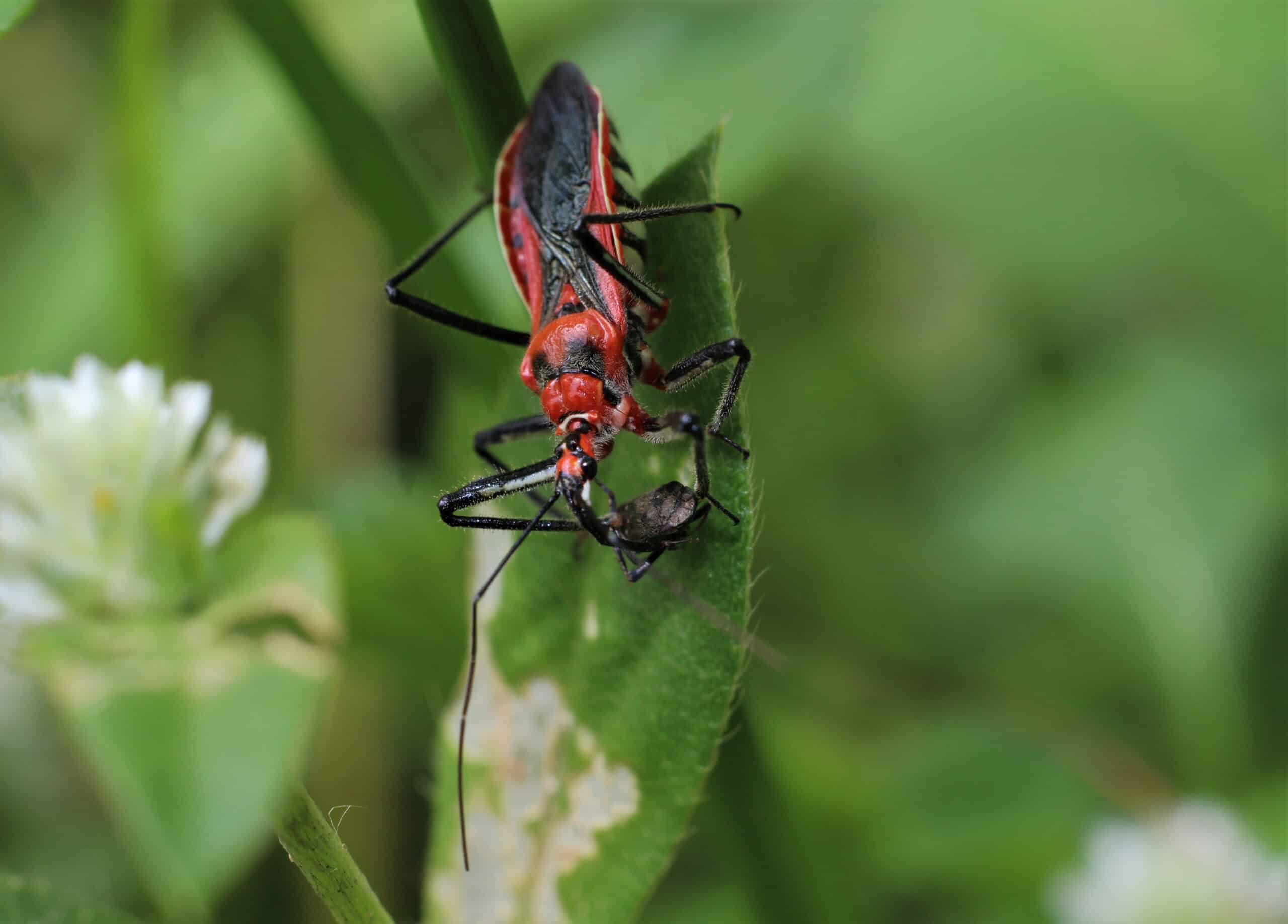
Assassin bugs are found in various habitats worldwide. They have elongated bodies and strong, curved mouthparts. These bugs inject a lethal enzyme into their prey, liquefying their insides. The bug then sucks out the contents, leaving only the empty exoskeleton. Some species also use camouflage to ambush their prey.
Hickory Horned Devil (Citheronia regalis)
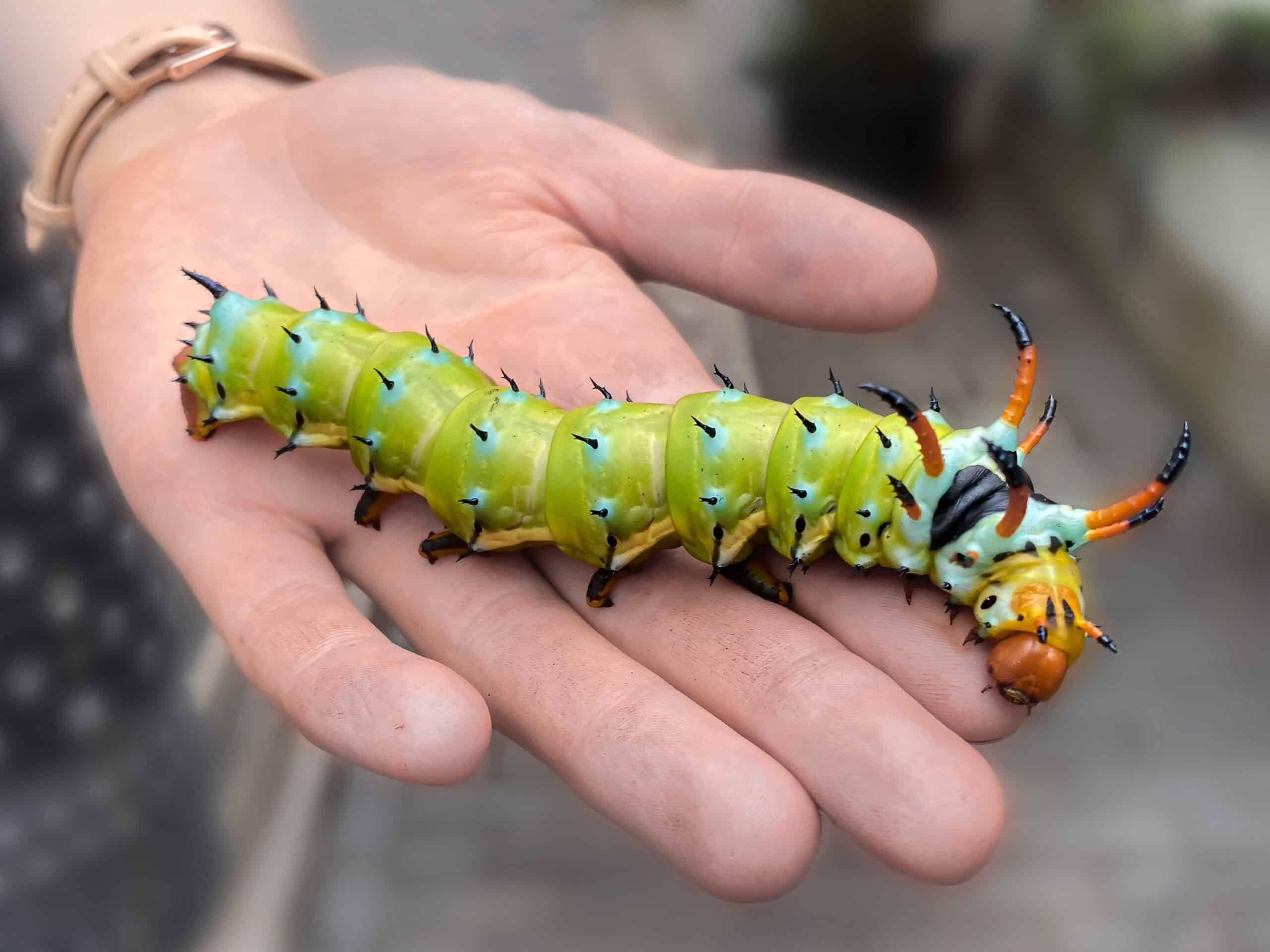
The larval stage of the regal moth, this caterpillar is native to the southeastern United States. It is large and covered in spiny, orange-red horns. Its intimidating appearance, with fierce-looking spikes, deters predators. Despite its looks, it is harmless to humans. When ready to pupate, it burrows into the ground, further protecting itself.
Jewel Beetle (Anthaxia hungarica)

Found in Japan, the jewel beetle is renowned for its iridescent, metallic colors. These colors can shift depending on the angle of the light. The beetle’s dazzling colors confuse predators. This reflective ability makes it difficult for birds and other predators to target them accurately. The beetle’s hard exoskeleton also offers protection.
Devil’s Flower Mantis (Idolomantis diabolica)
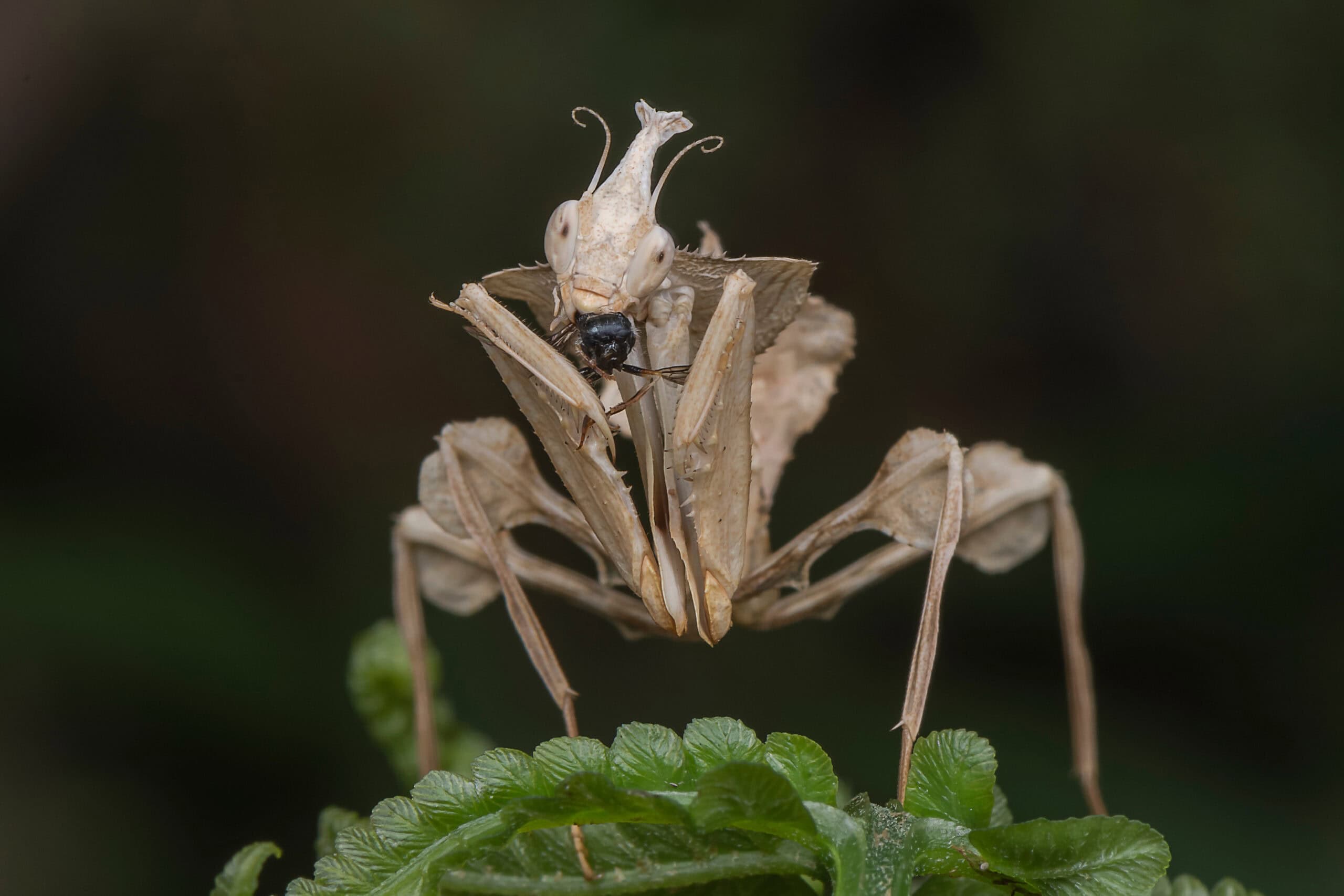
This mantis is native to East Africa and is one of the largest mantises. Its appearance mimics flowers to blend into its environment. The mantis uses its flower-like appearance to ambush prey. It also startles predators by displaying its bright, colorful underwings. When threatened, it can adopt a threatening posture to scare off attackers.
Ironclad Beetle (Zopherus nodulosus haldemani)
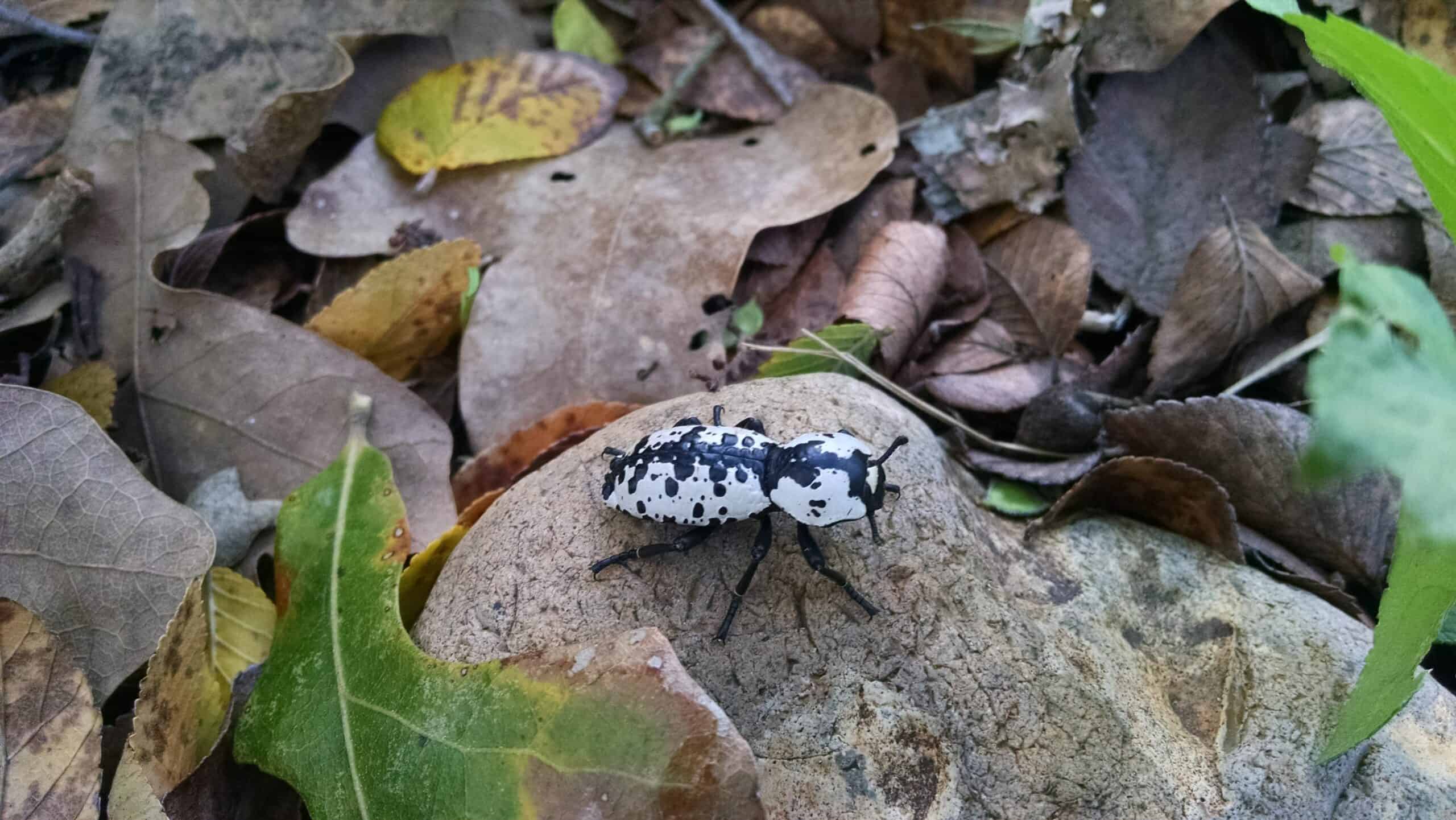
This beetle, native to North America, has a tough, bumpy exoskeleton. It can withstand immense pressure, making it one of the hardest insects to crush. Its incredibly hard shell protects it from predators and physical harm. This exoskeleton is so tough that it can resist being squashed by most predators. It also can play dead to avoid further attention.
Spiny Orb-Weaver Spider (Gasteracantha spp.)
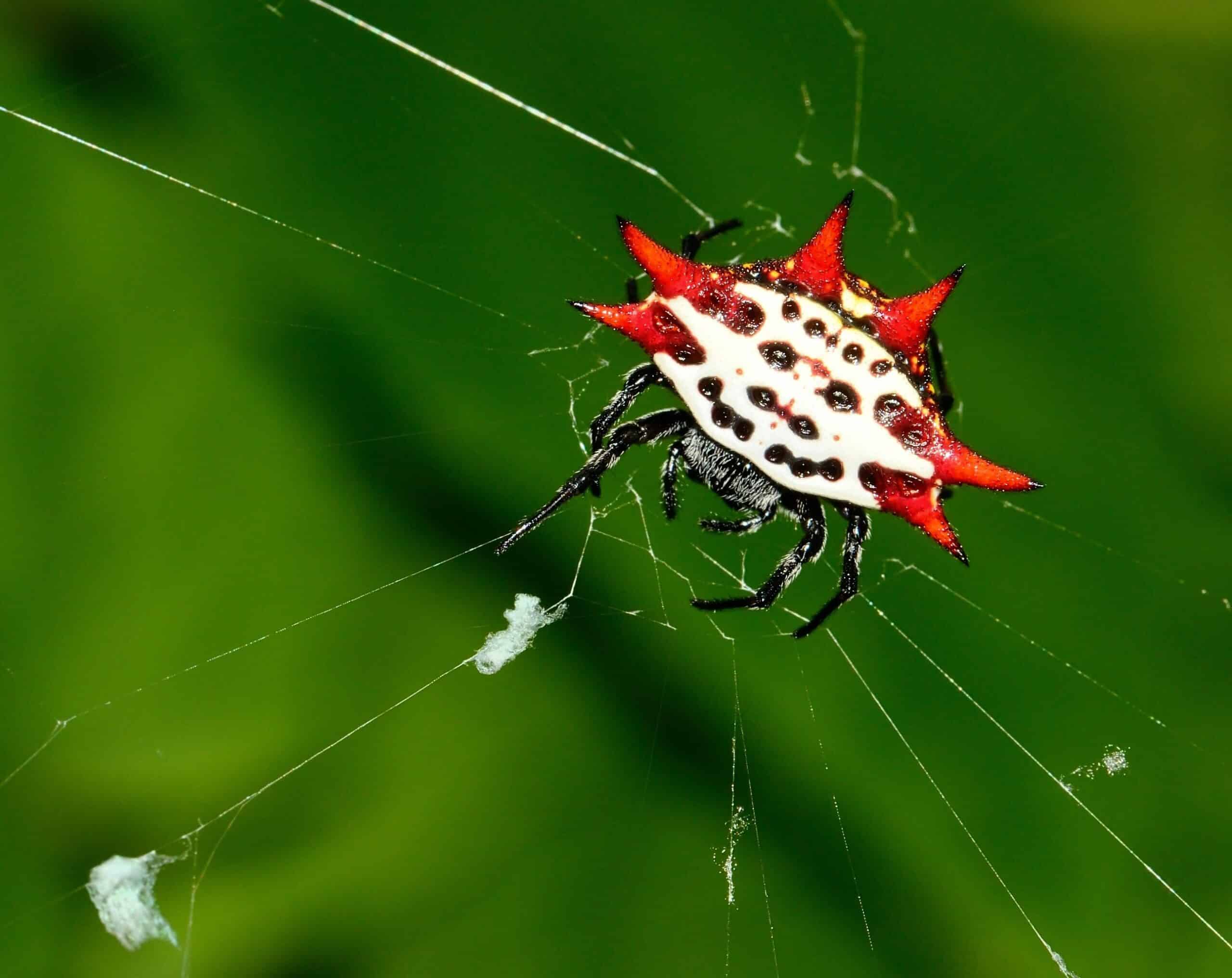
Found in tropical and subtropical regions, these spiders have a unique appearance with spiny protrusions on their abdomen. They build orb-shaped webs. The spines deter predators from eating them. Additionally, the web’s intricate design helps trap insects for food. Their bright colors can also serve as a warning to potential predators.
Velvet Ant (Mutillidae family)
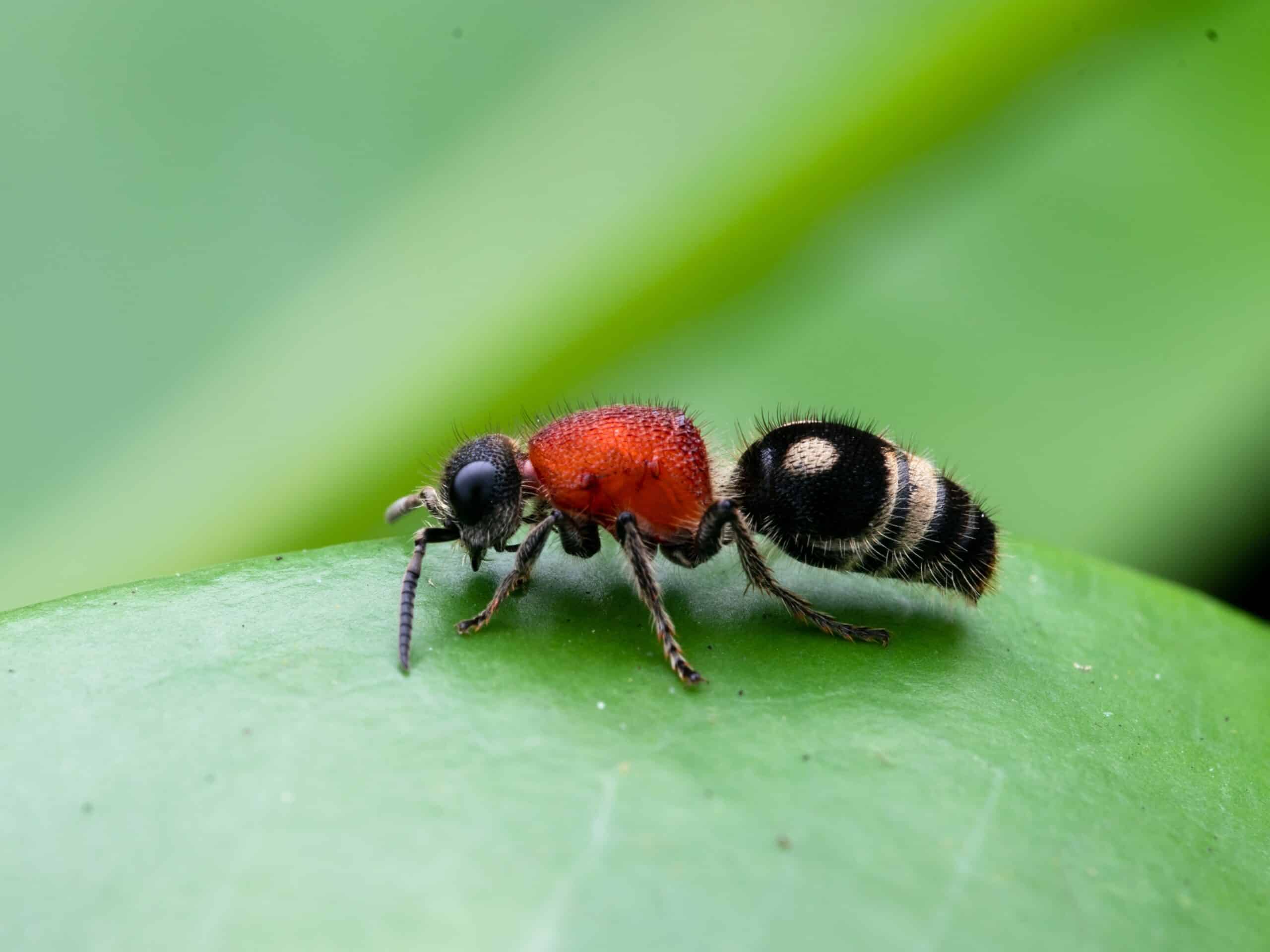
Despite their name, velvet ants are actually wasps. They are covered in dense, colorful hair and are found in various parts of the world. They deliver a powerful sting, causing intense pain. This sting has earned them the nickname “cow killer.” The bright coloration also warns predators of their potent sting.
Stick Insect (Phasmatodea order)
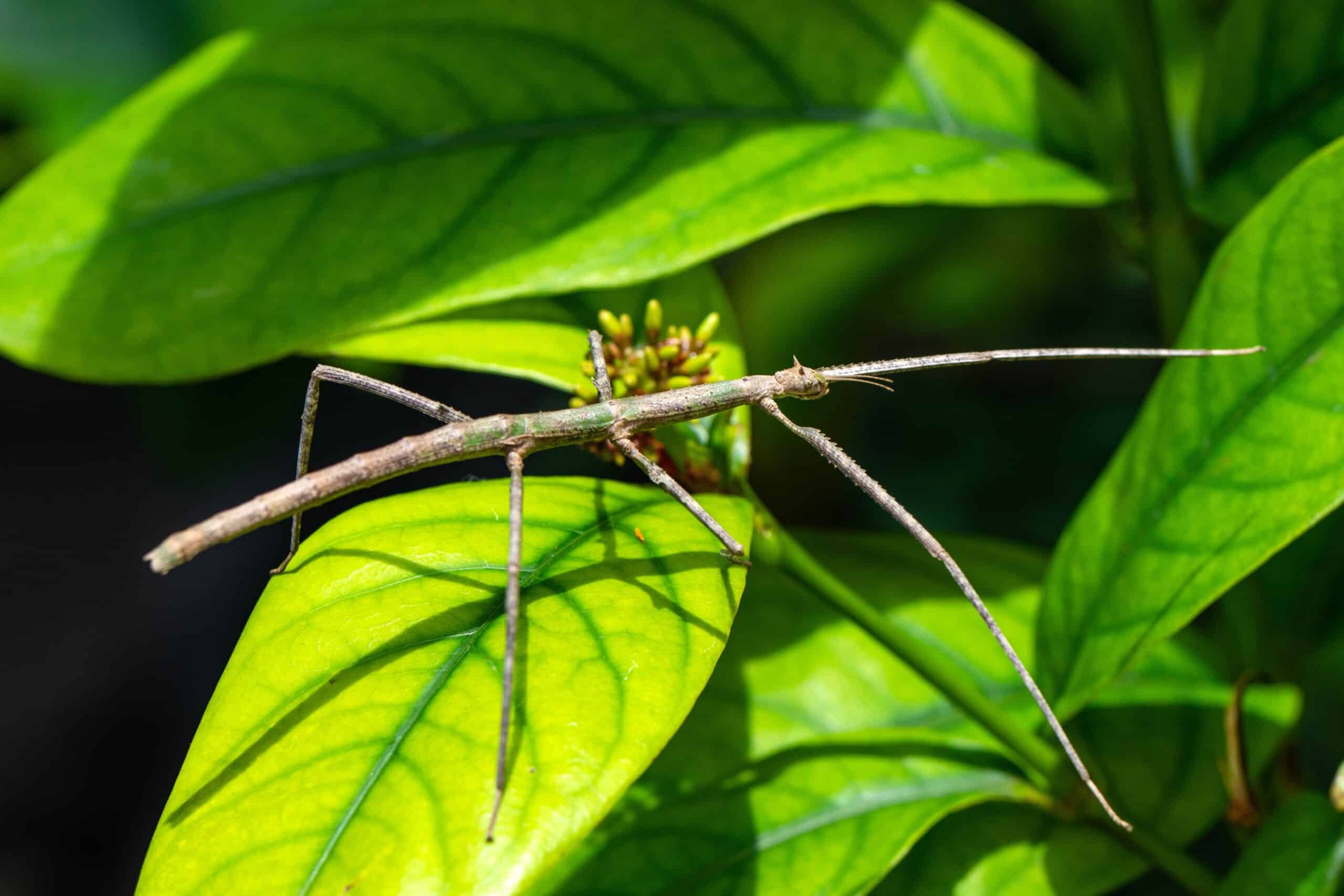
Stick insects are masters of camouflage, resembling twigs or leaves. They are found in tropical and subtropical regions. Their appearance helps them blend into their environment, making them nearly invisible. They can also remain motionless for long periods. Some species can also shed limbs to escape predators.
Tiger Moth (Arctiinae subfamily)
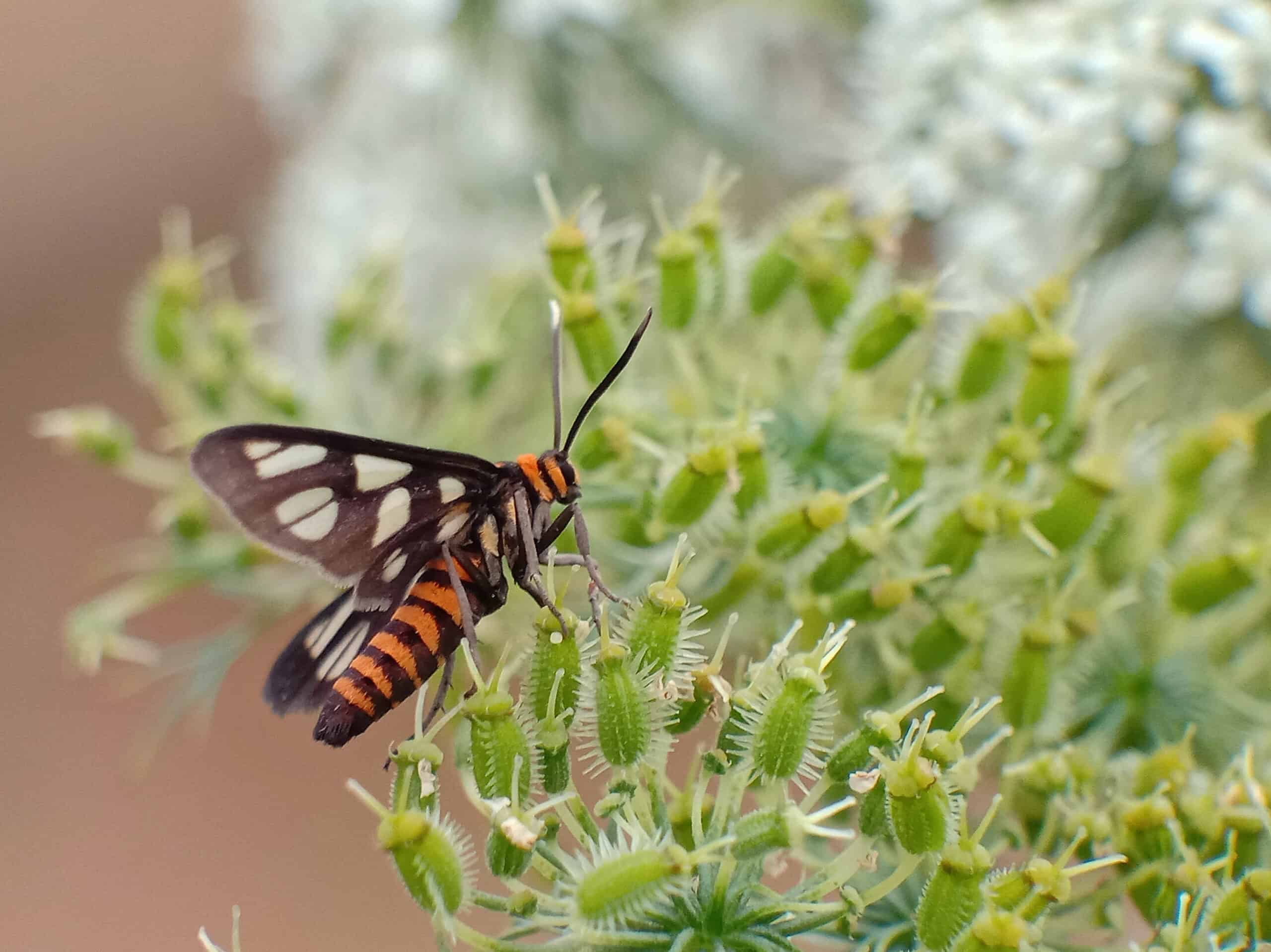
These moths are found worldwide and are known for their bright, warning colors. Their larvae are often called woolly bears. They emit ultrasonic clicks to disrupt the echolocation of bats. This defense confuses the bats, making it harder for them to capture the moths. Their bright colors also warn predators of their toxicity.
Tawny Crazy Ant (Nylanderia fulva)
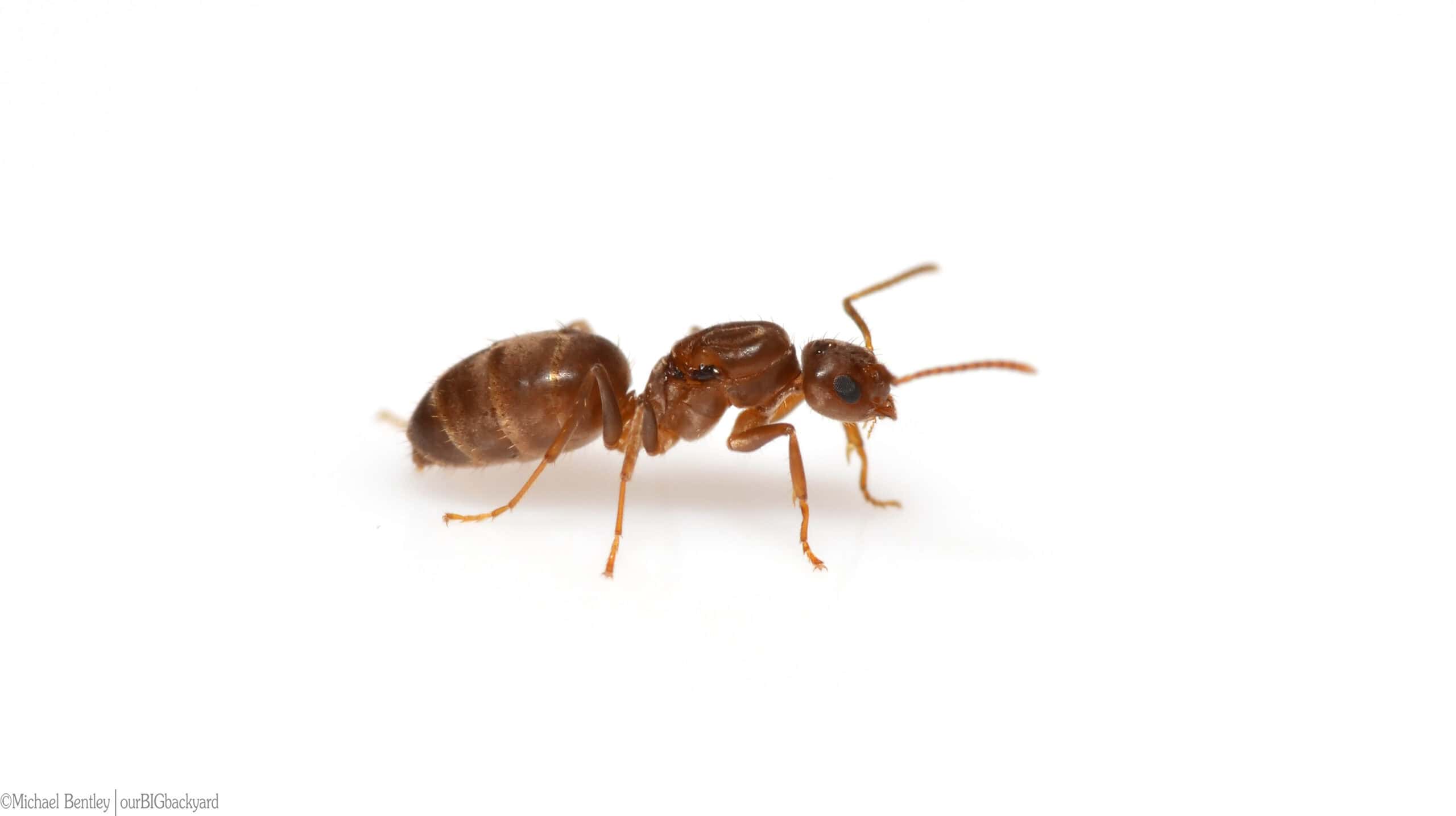
Native to South America, these ants are invasive in the southern United States. They are known for their erratic movements. They produce formic acid to neutralize fire ant venom. This ability allows them to compete successfully with fire ants. Their large colonies can quickly overrun an area.
Puss Caterpillar (Megalopyge opercularis)

Found in the southeastern United States, this caterpillar looks soft and furry. However, its hair conceals venomous spines. The spines inject venom that causes severe pain and irritation. This defense deters predators from attacking. The pain from the sting can be intense and last for several hours.
Leaf Beetle (Chrysomelidae family)
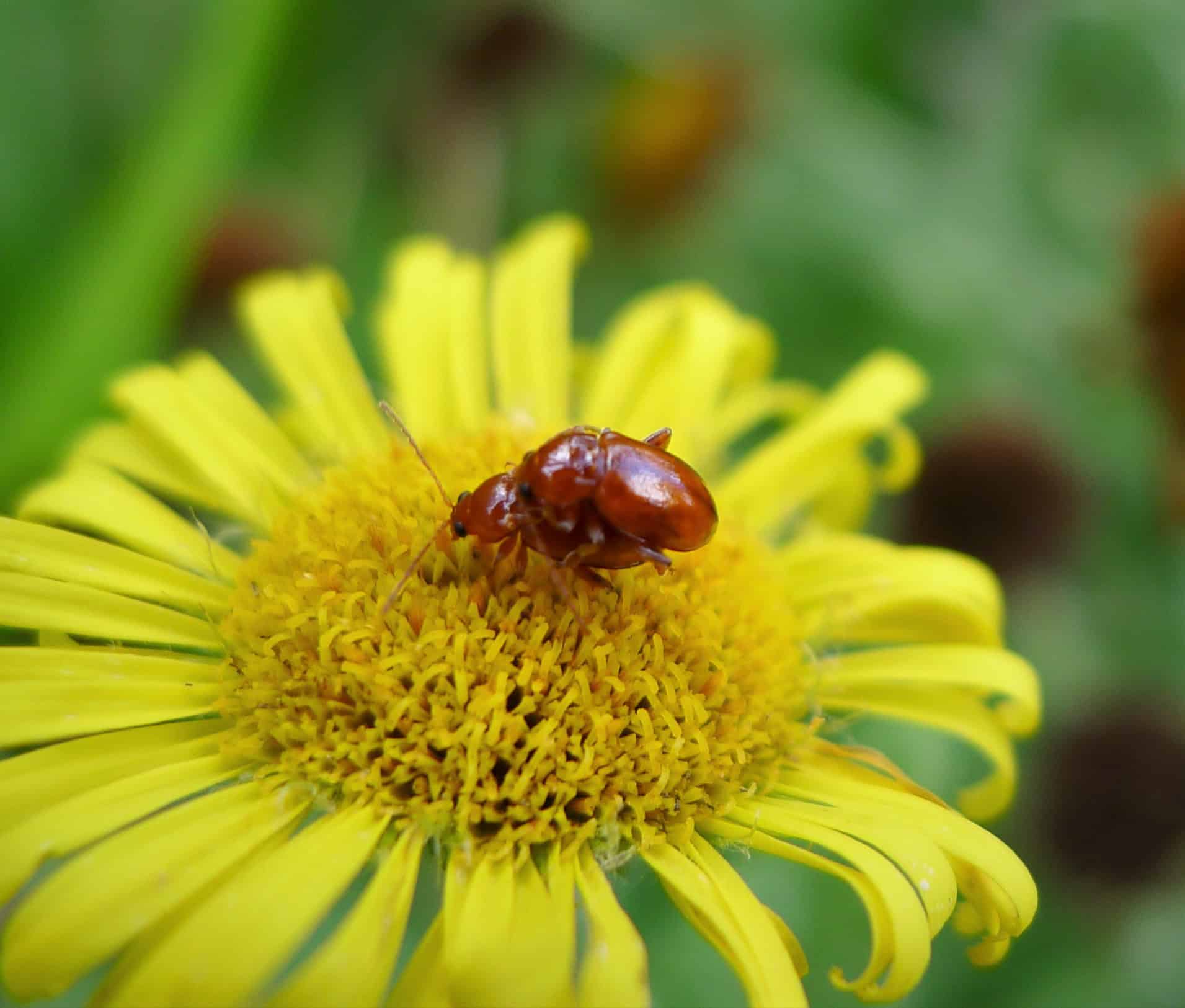
These beetles are found globally and feed on plants. They are often brightly colored or metallic. When threatened, they secrete a toxic liquid. This substance deters predators from eating them. Their bright coloration also serves as a warning signal.
Glasswing Butterfly (Greta oto)
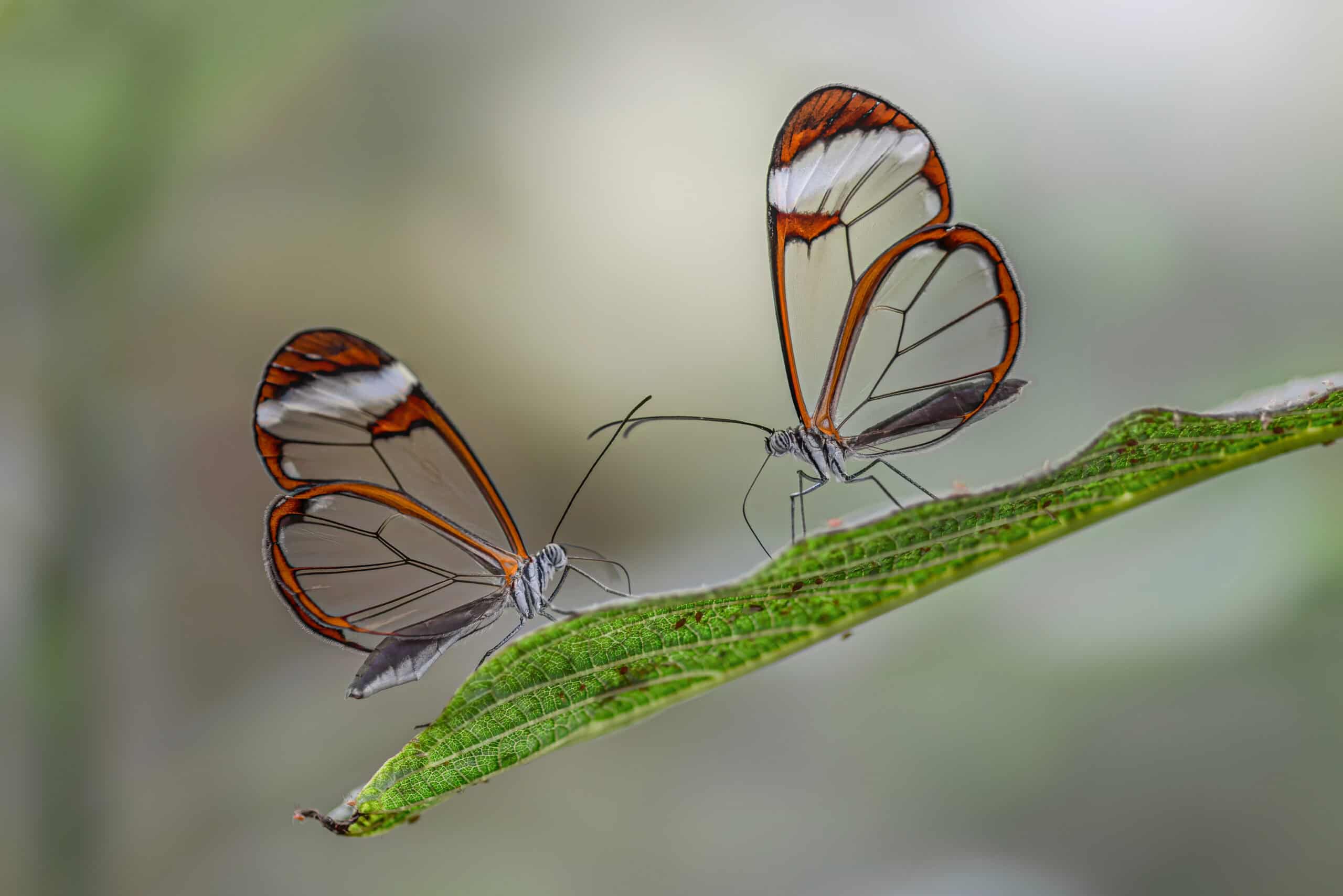
This butterfly is native to Central and South America. Its wings are transparent, making it difficult to see. The transparency helps it avoid detection by predators. It can blend into its surroundings, becoming nearly invisible. They also feed on toxic plants, making them unpalatable to predators.
Tortoise Beetle (Cassidinae subfamily)
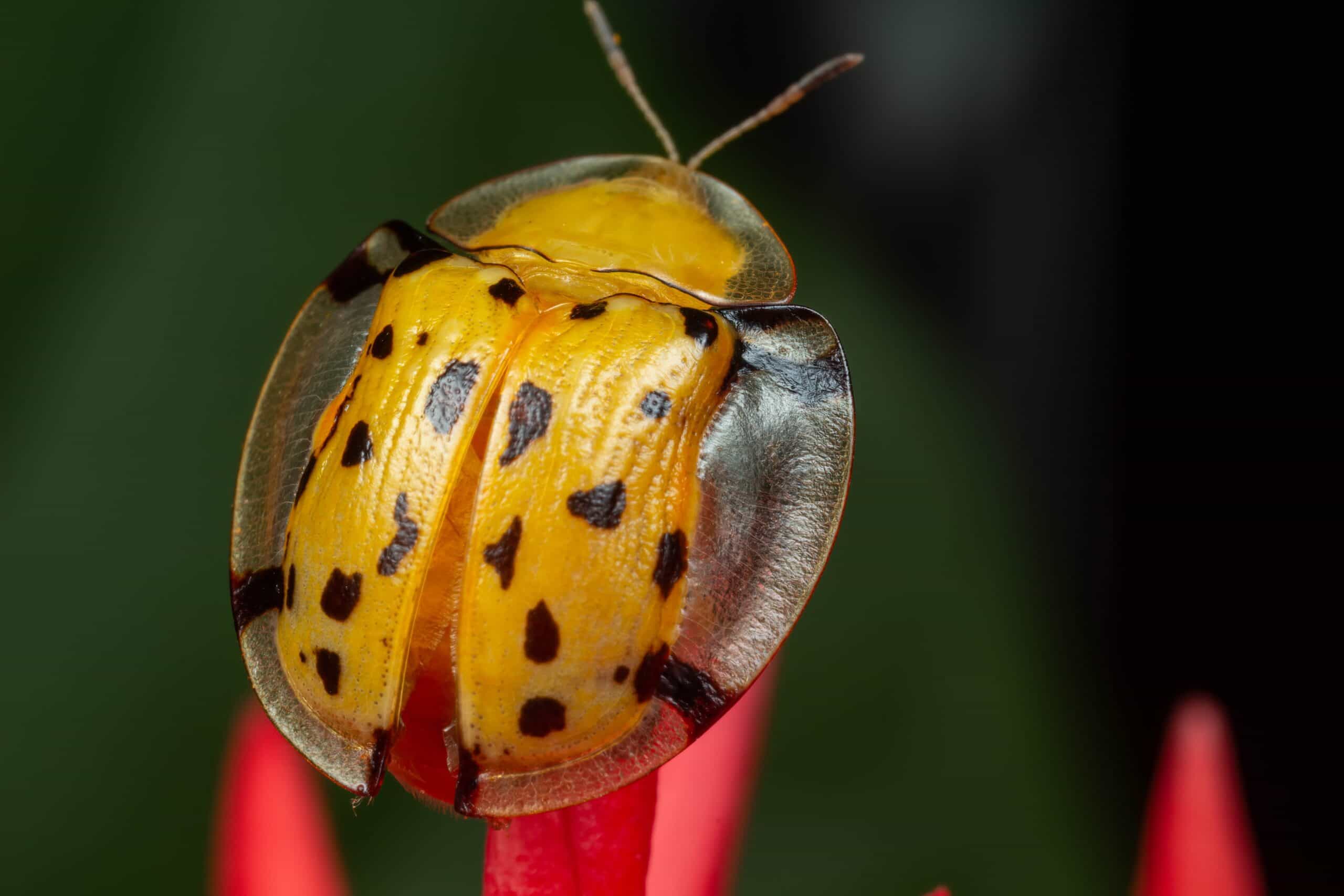
These beetles are found in various parts of the world. They have a rounded, domed shape resembling a tortoise shell. When threatened, they roll into a tight ball. This action protects their vulnerable parts with their hard shell. Their coloration can also change, blending in with the leaves they inhabit.
This article originally appeared on Rarest.org.
More from Rarest.org
1943 Lincoln Copper Penny Value Guide

The 1943 copper Lincoln penny is among the most interesting years for the popular 1-cent coin. As you may remember, the United States was in the middle of the second World War, and this affected how the Lincoln penny and the rest of the US coins were manufactured. Read More.
17 Rarely Seen Reptile Species
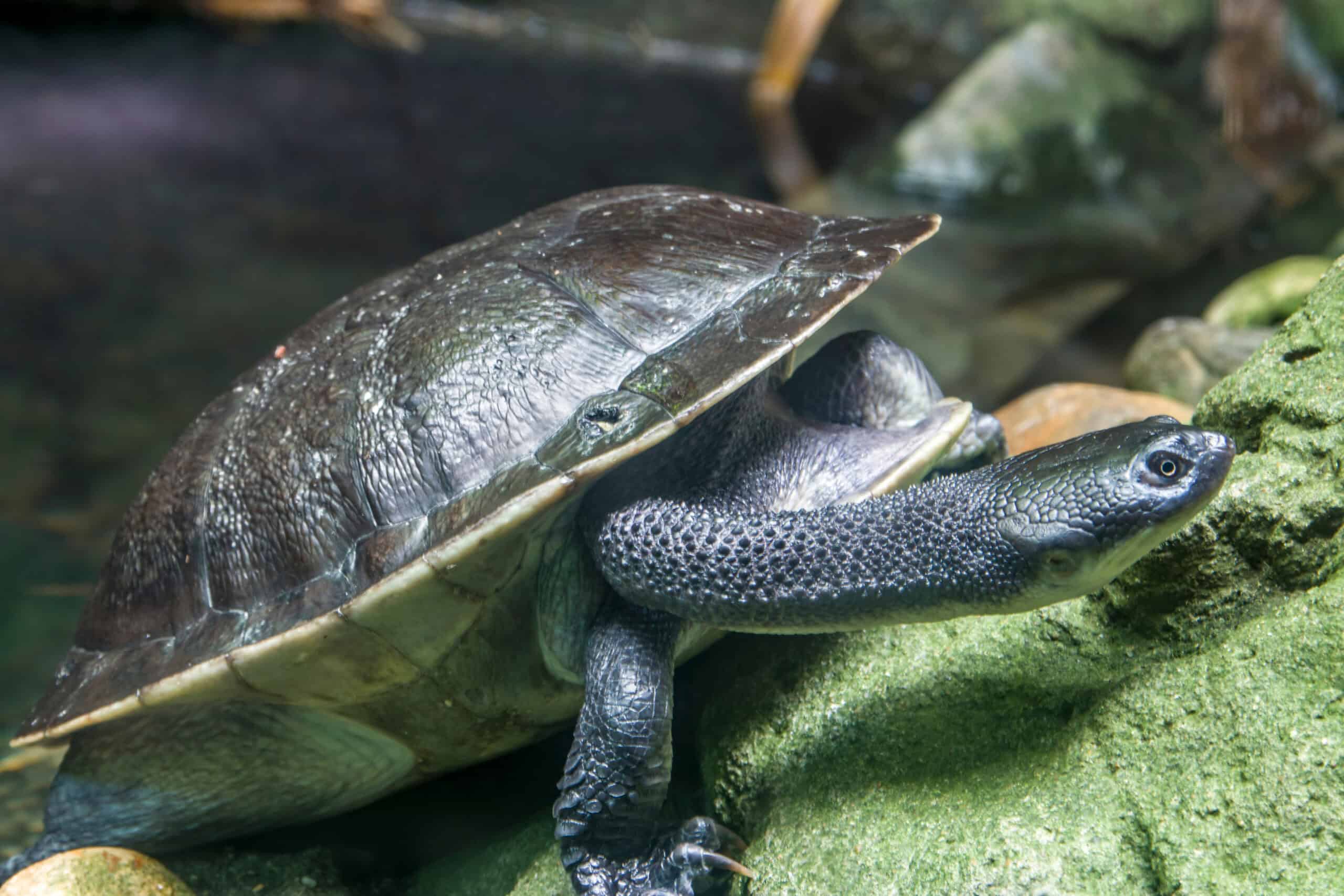
Reptiles are some of the most fascinating and diverse creatures on Earth, yet many species remain largely unknown to the general public. Read More.
17 Most Valuable Foreign Currency Notes

Foreign currency notes are not only a medium of exchange but also a reflection of a country’s history, culture, and economic stature. Among the myriad of notes circulating globally, some stand out due to their high value and unique designs. Read More.
